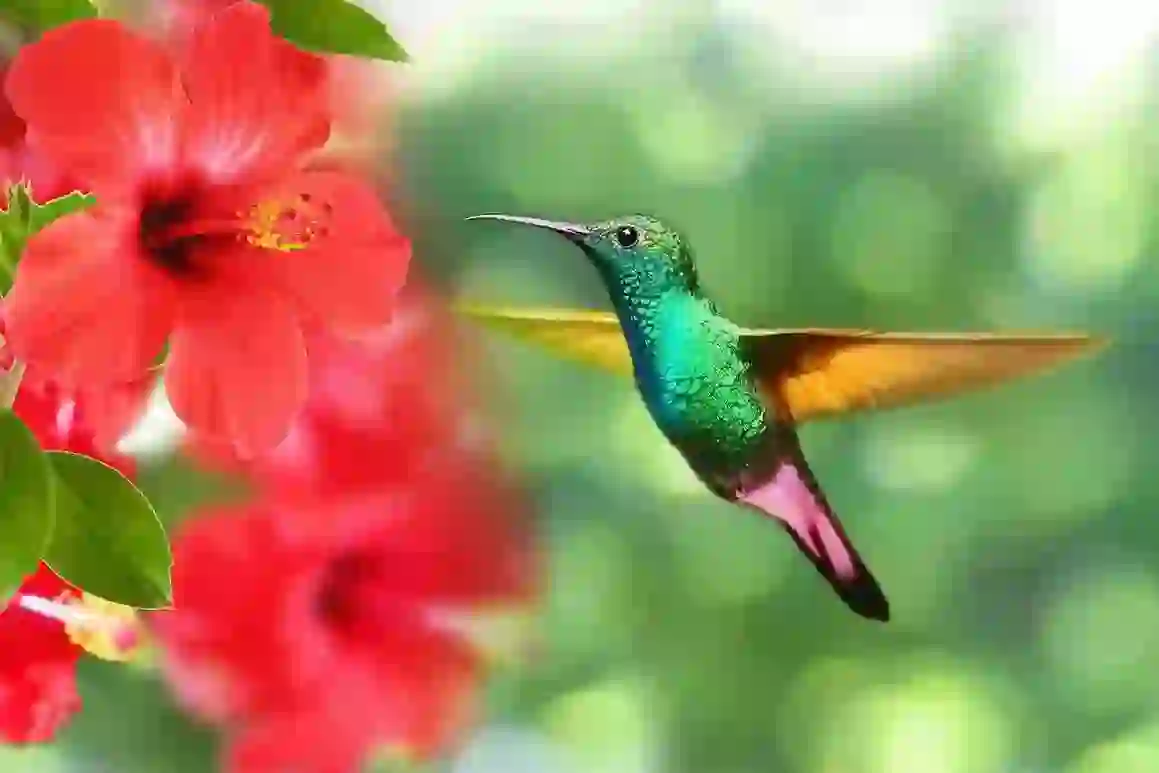
Mexican leaf frog
Mexican leaf frog
Mexican leaf frog
The Mexican leaf frog, with its vibrant green coloration and large orange eyes, is a captivating amphibian found in Mexico. Let's delve into its ecology, characteristics, and its remarkable adaptations to arid environments.
Mexican leaf frog Basic Infomation
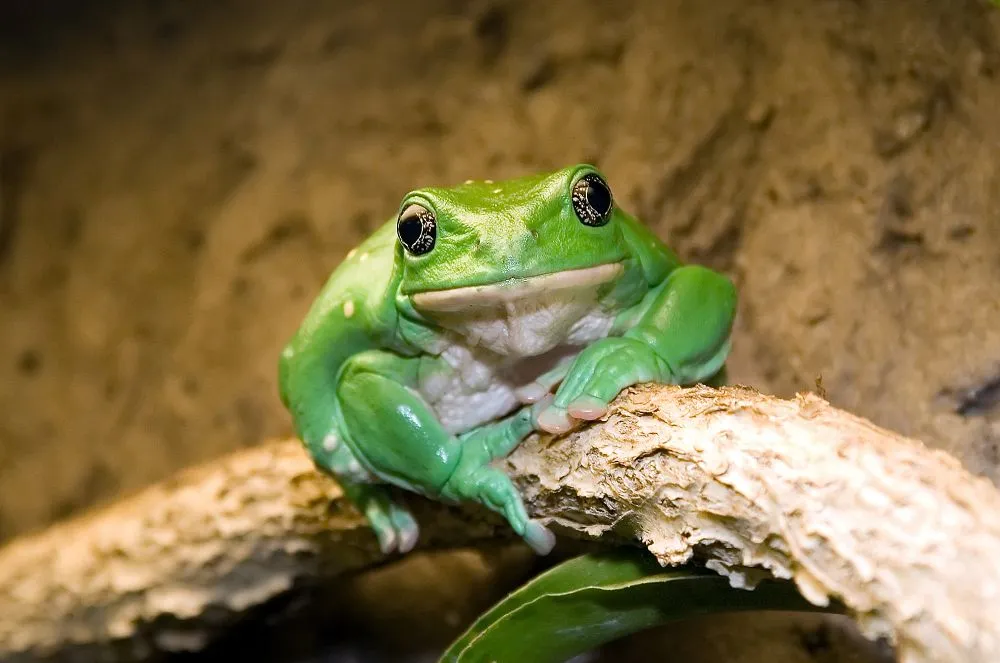
| Property | Value |
|---|---|
| Scientific Name | Agalychnis dacnicolor |
| Taxonomic Status | accepted |
| Rank | SPECIES |
| Vernacular Names | Mexican Leaf Frog, Mexican leaf frog |
| Kingdom | Animalia |
| Phylum | Chordata |
| Class | Amphibia |
| Order | Anura |
| Family | Hylidae |
| Genus | Agalychnis |

Basic Information
Size: 6~9cm
Weight: 10~20g
Coloration: Vibrant green back, yellowish-white belly
Morphology: Large, bulging orange eyes, long limbs with suction cups on the fingertips
Habitat: Arid regions of Mexico (forests, rocky areas)
Diet: Insects, spiders, etc.
Reproduction: Lays eggs in temporary pools and ponds during the rainy season
Lifespan: Approximately 5 years
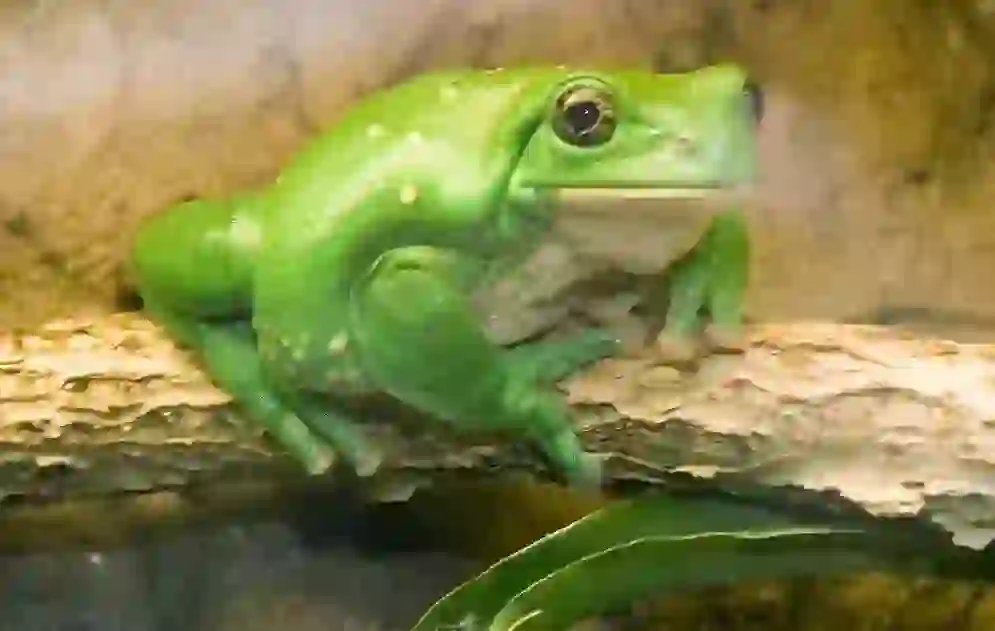
A Green Jewel of Mexico's Arid Regions
In Mexico, where arid landscapes stretch far and wide,
lives a frog that has adapted to thrive in this challenging environment.
This is the Mexican leaf frog.
A beautiful amphibian with a vibrant green coloration and large, captivating orange eyes.
How do they manage to survive in such arid conditions?
Mexican leaf frog Q&A

How does the Mexican leaf frog cope with the dry conditions?
The Mexican leaf frog has developed several special adaptations to withstand aridity.
Firstly, it secretes a waxy substance on its skin to prevent water loss through evaporation.
During dry periods, it seeks refuge in humid places like rock crevices or tree hollows.
Furthermore, it can store the minimum necessary amount of water in its body, enabling it to survive for extended periods without drinking.

What kind of sound does the Mexican leaf frog make?
The Mexican leaf frog's call is a low, deep "wonk, wonk" or "crack, crack" sound.
During the breeding season, males call to attract females.
Their calls break the silence of the arid landscape, echoing far and wide.
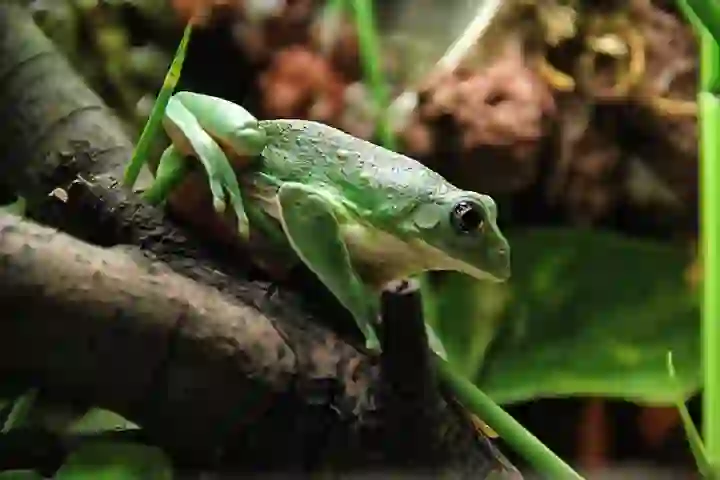
Where does the Mexican leaf frog lay its eggs?
During the rainy season, the Mexican leaf frog lays its eggs in temporary pools and ponds.
The eggs are encased in a jelly-like substance that protects them from drying out.
The tadpoles develop in the water and eventually metamorphose into terrestrial frogs.
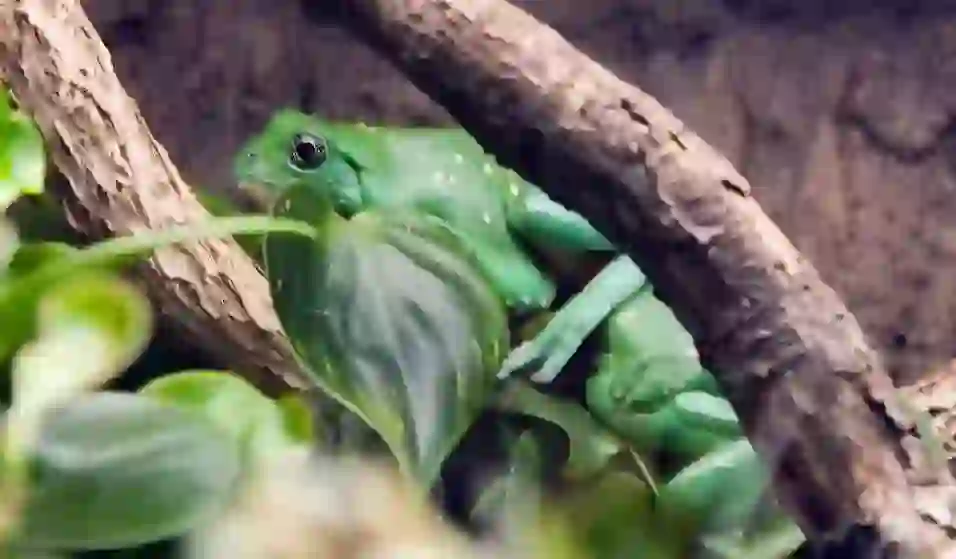
Can the Mexican leaf frog be kept as a pet?
The Mexican leaf frog's beauty has made it a popular pet.
However, it's important to be a responsible pet owner when keeping wild animals.
Keeping Mexican leaf frogs requires proper temperature, humidity, and diet management.
It's also crucial to check local laws and regulations regarding keeping wild animals as pets.
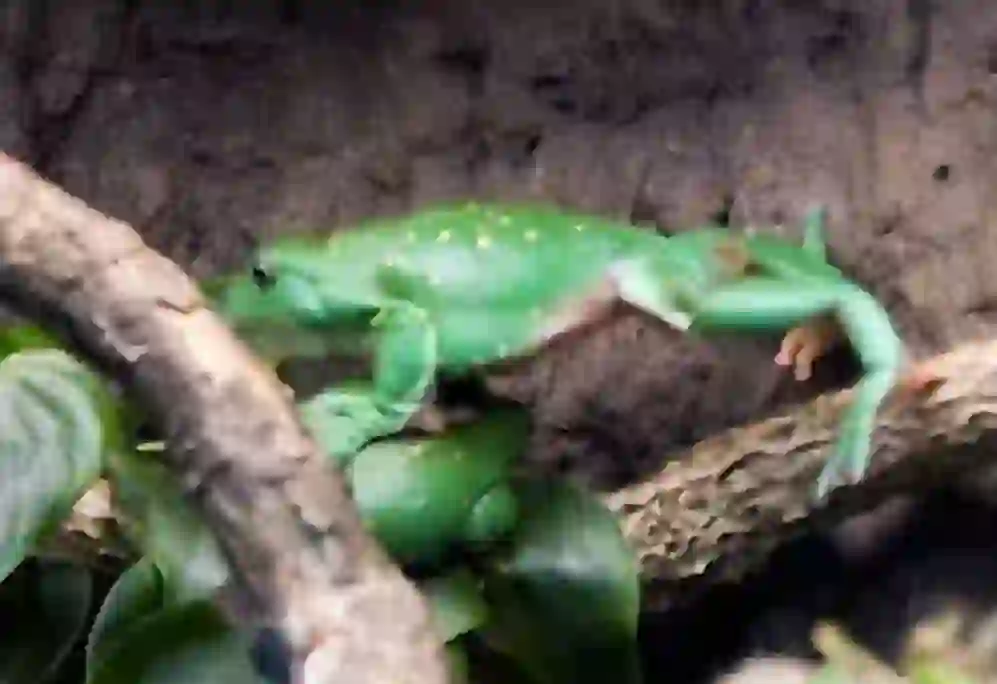
What can we do to protect the future of the Mexican leaf frog?
The Mexican leaf frog's population is declining due to factors such as aridification caused by climate change and habitat destruction.
We can start by learning about the Mexican leaf frog and the environmental challenges facing its arid habitat.
Let's also make an effort to conserve water, save energy, and take actions to mitigate global warming.
When visiting the Mexican leaf frog's habitat, be mindful of the natural environment and avoid littering.
Every small action we take can contribute to protecting the future of the Mexican leaf frog.

Would you like to become a part of the 'Animalbook.jp'?
Turn your knowledge into Q&A and share it with the world. ※Publication will be activated after purchase. Let's share information together!
Mexican leaf frog Type of List

- Mexican leaf frog
Information
Congratulations! You are the first commenter!

Create Your Favorite List!
Mexican leaf frog
Save the animals you love! Build your own list to quickly revisit your favorites later.

Would you like to leave a comment?
※Please note: This is for the purchase of rights to post comments within the article.
Find Your Favorites!
Our shop offers a unique and attractive selection of goods themed around various animals.
Mexican leaf frog References
Mexican leaf frog Introduction of media used

Photo by David J. Stang, CC BY-SA 4.0, via Wikimedia Commons

Photo by David J. Stang, CC BY-SA 4.0, via Wikimedia Commons

Sergiocastro, CC BY-SA 3.0, via Wikimedia Commons

Photo by David J. Stang, CC BY-SA 4.0, via Wikimedia Commons

Photo by David J. Stang, CC BY-SA 4.0, via Wikimedia Commons
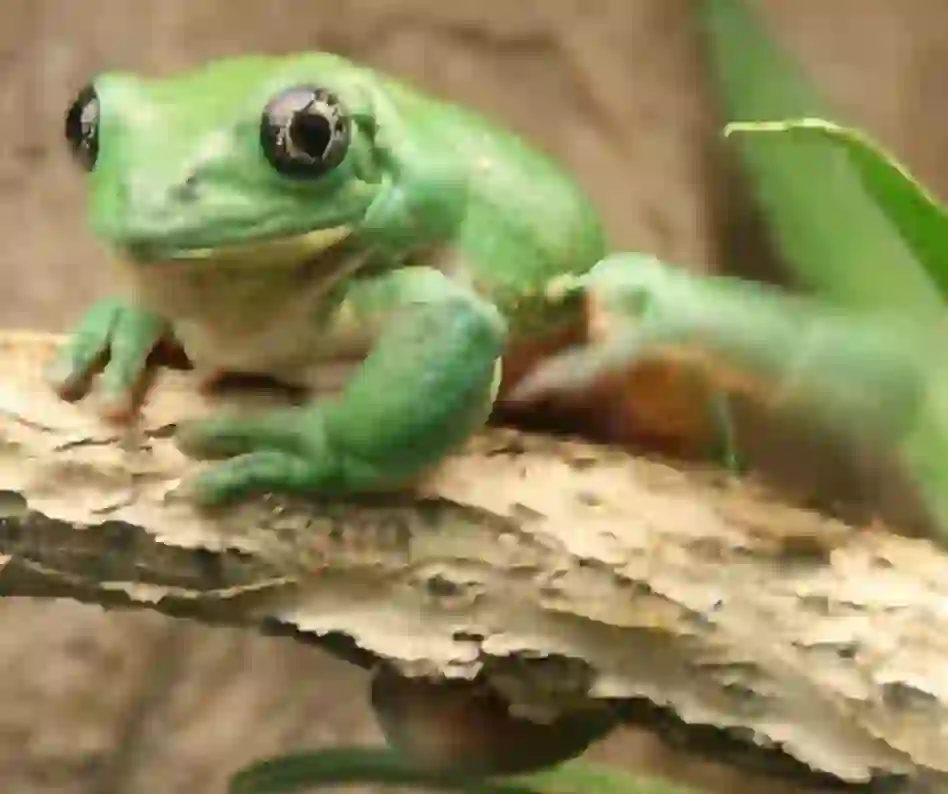
Photo by David J. Stang, CC BY-SA 4.0, via Wikimedia Commons
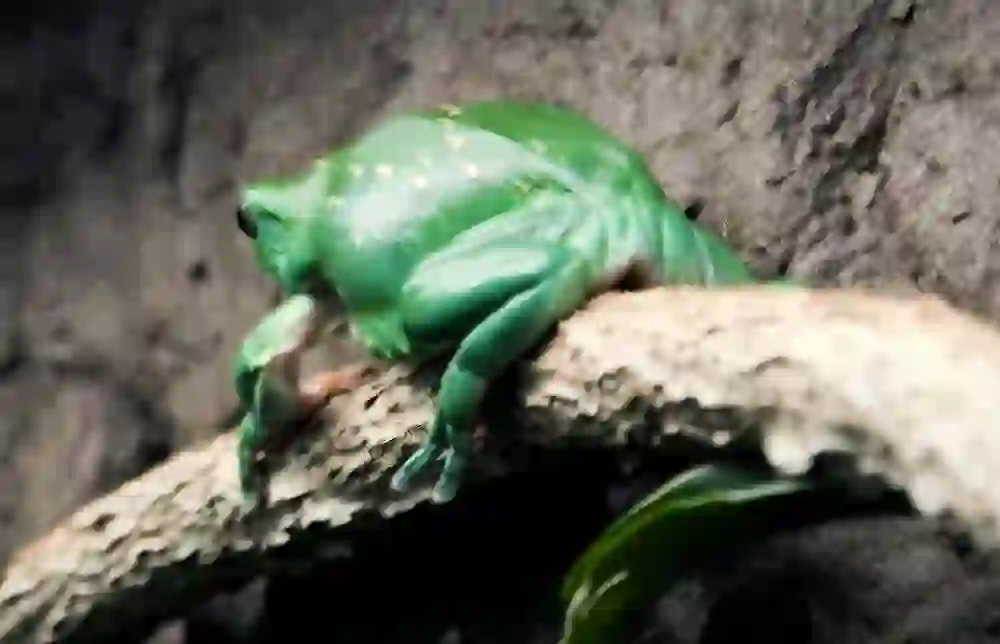
Photo by David J. Stang, CC BY-SA 4.0, via Wikimedia Commons

Photo by David J. Stang, CC BY-SA 4.0, via Wikimedia Commons

Help Enrich Our Animalbook.jp with Your Media!
We are constantly looking to expand and enrich our Animalbook.jp with amazing photos and videos of animals. If you have any media that you'd like to share, please contribute and help us showcase the beauty and diversity of the animal kingdom. Your submissions will be credited and featured in our encyclopedia, reaching a wide audience of animal lovers.









